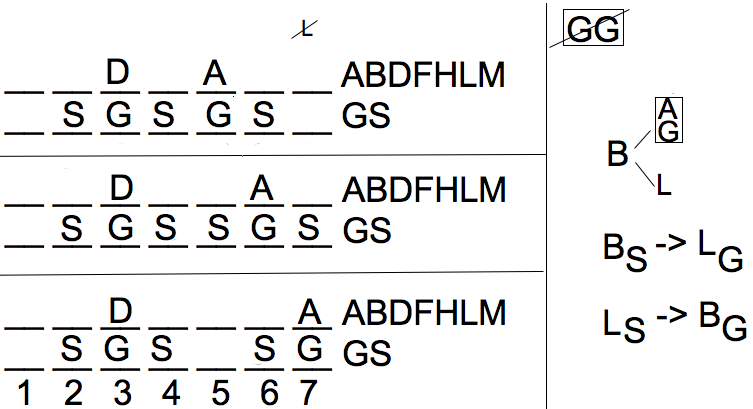Anyone interested in pursuing a career in law should take the first step towards admittance to law school by scoring a high mark on the LSAT. While law schools look at references and GPA, the applicant’s LSAT scores usually determine his/her successful placement or lack thereof. Anyone looking to prepare for this intensive test should understand LSAT logic games in the Analytical Reasoning section of the LSAT that makes up the majority of the questions. These logical reasoning questions are intended to mimic the decision-making processes that lawyers will need to utilize over the duration of their careers. Preparing for these questions involves understanding their structure and form. Below are a few tips to help you prepare for this section of the LSAT.
1. Practice
There are many online resources available to help you practice for the logic game section of the LSAT. Take advantage of these free and paid resources in order to get the best possible score on the LSAT. My favorite online resource is 7Sage. They offer free and paid LSAT study materials.
2. Read Carefully
It may sound like an obvious tip, but the reality of LSAT logic games is that the puzzle-makers hope to trip you up if you are the type to read through something quickly and come to a quick decision. Take your time to read through the story behind the logic game in order to come to three distinct conclusions about the story itself.
• What Type of Game Is It?
Usually, you will find one of three different kind of games on the LSAT. The first type is a line game where you will need to arrange different elements in a particular order, such as a logic game where a row of cats needs to be ordered by size. The second type is a sorting game, where different elements need to be grouped together, like candies of a particular color. The final type is a combination of both order and sorting, where test-takers need to determine how to sort for both a quality and an order.
• How Many Elements Make Up the Game?
When you only need to sort between three or four different persons or things, you can go through the logic steps in the game fairly easily. Determining the number of elements is the first step to completing the test successfully.
• Is the Game One-to-One?
Read to see if the question posed involves putting every person or thing into a placement. For example, a track meet has to have eight participants and eight placements, so there are no “leftover” seeds, but a pet store owner can put different numbers of fish in different tanks while leaving some tanks unused.
3. Build Your Diagram
The best way to approach LSAT logic games is to draw out the problem as a diagram that allows for choice elimination. List the elements in a game as chips to be moved around, then draw the various boxes that the elements may be moved into. Take notes on individual clues to determine what elements leapfrog others or must be put in a particular order.
4. Check Every Answer
While the LSAT is a timed test and it is important to move quickly, there is no point in finishing early if you miss questions. Make sure your answer choices line up with all the variables in the game, and whenever you find that you have selected an answer that cannot be right, determine if you have enough time to rethink the question. If not, choose another answer and move on.








